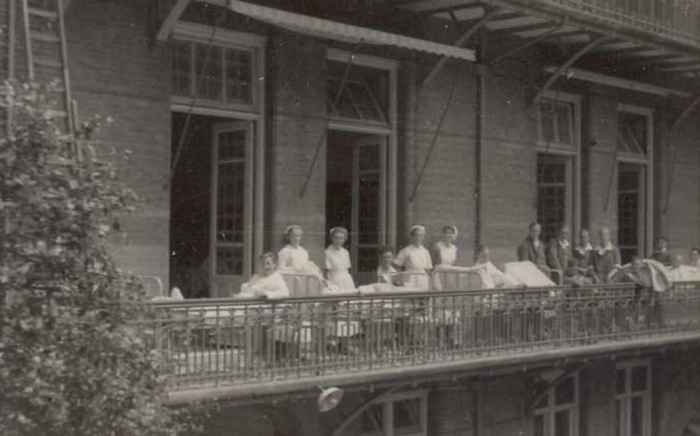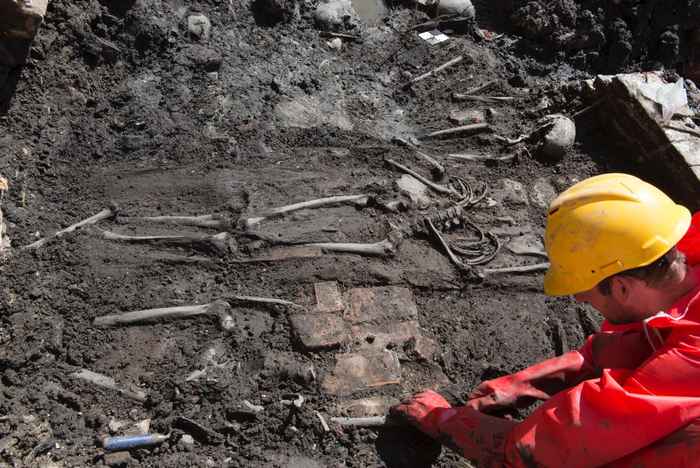History


Largest hospital in the city center
For four centuries, the Binnengasthuis was the largest hospital in Amsterdam's city centre. What started out as a hospital in two convent complexes in 1578 would subsequently be expanded into a hospital complex through various architectural alterations from the 19th century onwards.
Inspired by the former convent structure, F.W.M. Poggenbeek designed the Tweede Chirurgische Kliniek (Second Surgical Clinic) and the Zusterhuis (Nurses' Quarters) with a courtyard in between. The Tweede Chirurgische Kliniek features a corridor system: long corridors connecting several wards. The internal divisions of the spaces in both buildings are still intact with many original elements, including the stairs with decorated iron railings and the surgical theatre. As a result, we are maintaining the original structure of the hospital. The Tweede Chirurgische Kliniek building in the Binnengasthuis complex – now listed as a historic building – was used by CREA until 2011.
During excavation work on the site of the new University Library, 20 skeletons were found by the archaeology service of the municipality of Amsterdam. Folia wrote an article about this. Please note: the article is only available in Dutch.
